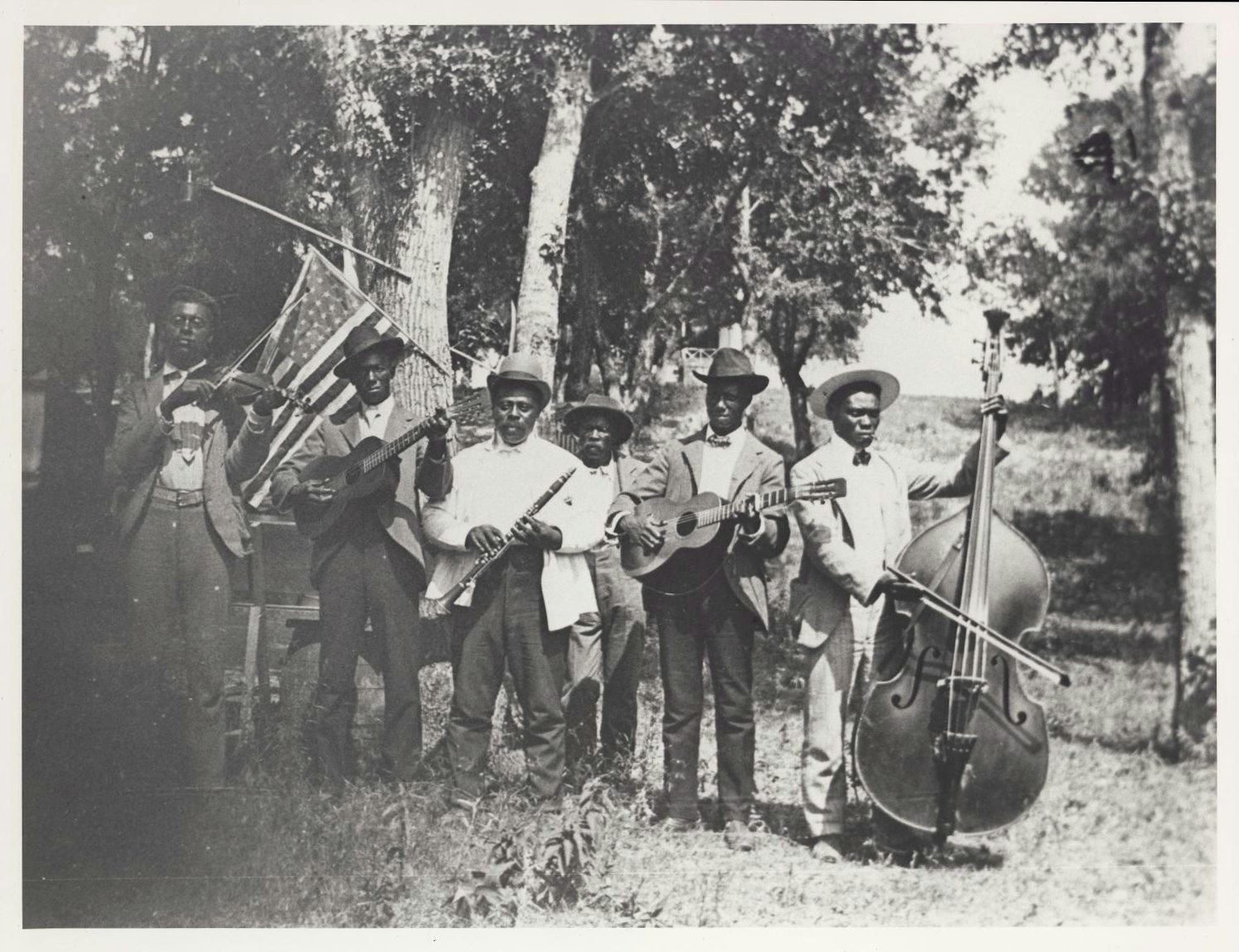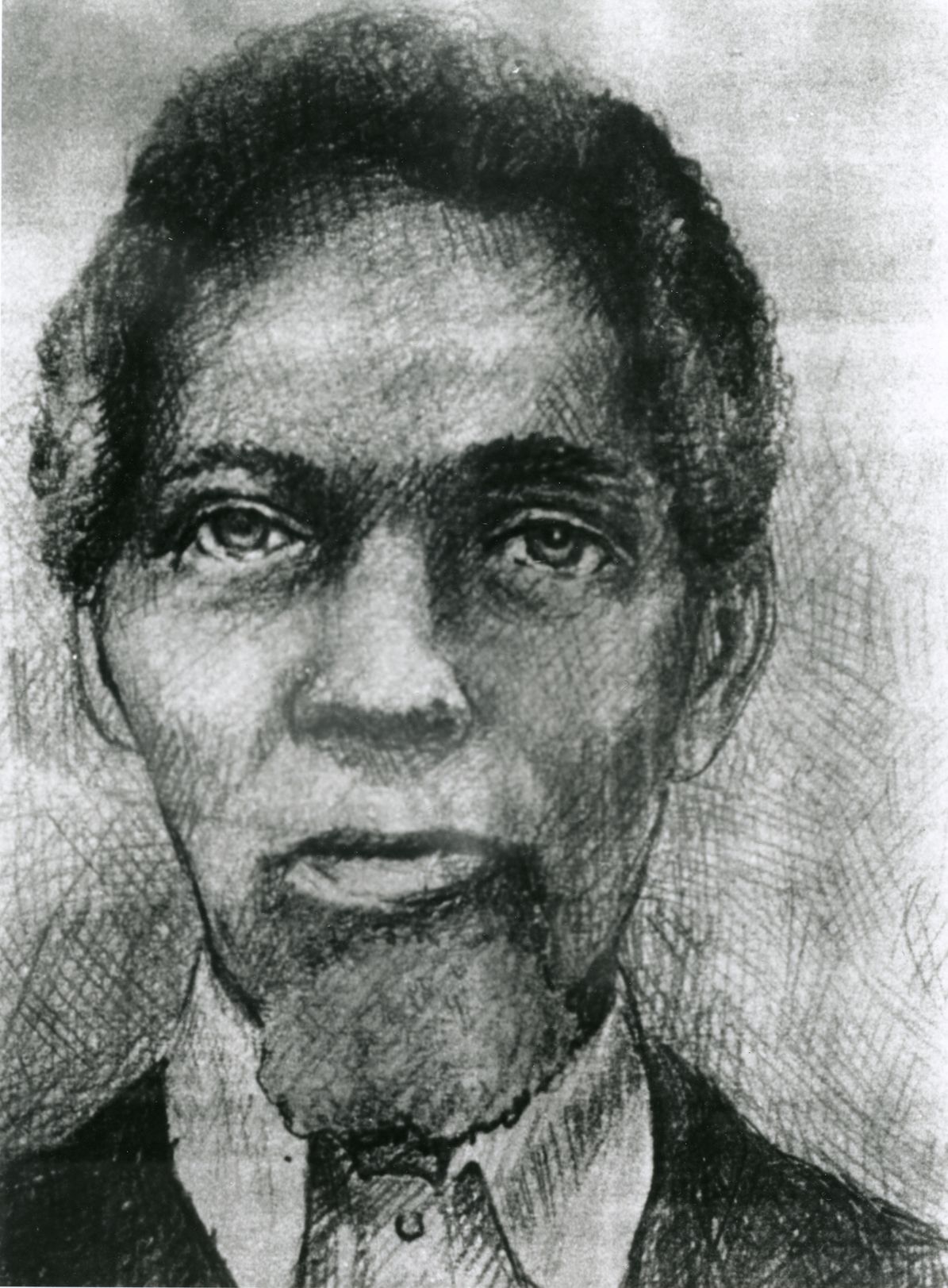BLACK FREEDOM COMMUNITIES
Blog

Why We Celebrate: A Look Back at Early Juneteenth Celebrations in Austin Juneteenth is more than just a holiday—it’s a day of memory, resistance, and celebration. While most people know it marks the day in 1865 when enslaved Black Texans were officially informed of their freedom, many don’t realize just how deep Austin’s Juneteenth roots run. From the very first local celebrations to the parades and music festivals of today, Juneteenth has always been about community and cultural survival. The First Juneteenth Celebration in Austin The earliest known Juneteenth celebration in Austin took place in 1867, just two years after emancipation was declared. Organized with the help of the Freedmen’s Bureau, the event marked a powerful moment of freedom for newly emancipated Black Texans. Juneteenth gatherings were held at Wheeler’s Grove—now known as Eastwoods Park—near the University of Texas campus. Eastwoods Park: A Legacy of Celebration By the early 1900s, Austin’s Black community had made Eastwoods Park (near what is now the UT campus at 3001 Harris Park Ave) a central site for Juneteenth celebrations. The park came alive each June 19th with parades, reenactments, musical performances, and vibrant displays of joy. Take a look at these remarkable photographs taken by Grace Murray Stephenson during the Juneteenth celebration in 1900:

The Black church has long been a cornerstone of Austin's freedom communities—spaces where formerly enslaved people and their descendants built lives rooted in faith, education, economic self-sufficiency, and political empowerment. From the late 19th century through the 1930s, these numerous churches were born throughout Austin.

